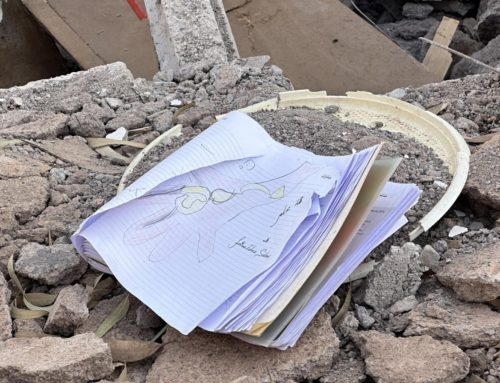Disasters can have devastating impacts on communities and their economies, particularly in developing countries that may lack the resources to respond effectively. As the frequency and intensity of disasters continue to rise due to climate change and other factors, it has become increasingly important to address disaster risk reduction and build resilience in vulnerable communities.
TALM Group recognizes the critical importance of disaster risk reduction and resilience building in the development context. We work closely with clients in developing countries to design and implement strategies that reduce disaster risk and build resilience at the community level.
The Moroccan Context
Morocco is particularly vulnerable to natural disasters, including floods, earthquakes, and droughts. In 2018, heavy rainfall caused widespread flooding and landslides in the country, resulting in significant damage to infrastructure and loss of life. While the government has taken steps to address disaster risk reduction, more work is needed to build resilience in vulnerable communities and ensure that they can withstand future disasters.
TALM Group has worked with several organizations in Morocco to address disaster risk reduction and build resilience. For example, we worked with the Moroccan Red Crescent to design and implement a disaster risk reduction program that focused on community-level preparedness, response, and recovery. The program included training sessions, simulations, and the development of early warning systems to help communities prepare for disasters and respond effectively.
Real-World Examples
Several other organizations have also implemented successful disaster risk reduction and resilience-building initiatives in Morocco. In 2018, the United Nations Development Programme (UNDP) launched the “Building Disaster Resilience in Morocco” project, which aimed to enhance the country’s resilience to disasters by strengthening the capacity of government agencies, promoting risk-informed decision-making, and engaging with vulnerable communities.
Another example is the “Enhancing Resilience to Natural Disasters in the Maghreb” project, which was launched by the African Development Bank in 2019. The project aims to enhance the capacity of Maghreb countries, including Morocco, to prepare for and respond to natural disasters by strengthening early warning systems, improving disaster risk management, and enhancing regional cooperation.
Concrete Ideas for Building Resilience
Building resilience is a complex process that requires a multi-pronged approach. Here are five concrete ideas that can be implemented to achieve tangible results:
- Community Engagement: Engaging with local communities is critical to understanding their needs and vulnerabilities, and developing tailored strategies to address them. This can include community-level training sessions, public awareness campaigns, and the development of community-based early warning systems.
- Risk-Informed Decision-Making: Ensuring that risk-informed decision-making is embedded in all levels of government and development planning is critical to reducing disaster risk and building resilience. This can include conducting risk assessments, developing risk-informed land-use planning, and integrating disaster risk reduction into development planning processes.
- Infrastructure Upgrades: Ensuring that infrastructure is built to withstand disasters is essential for reducing risk and building resilience. This can include upgrading existing infrastructure to make it more resilient, developing new infrastructure that is designed to withstand disasters, and improving critical infrastructure such as water supply systems and transport networks.
- Climate Change Adaptation: As climate change continues to exacerbate disaster risk, it is essential to prioritize climate change adaptation measures as part of disaster risk reduction and resilience-building efforts. This can include developing climate-resilient agriculture practices, implementing climate-smart urban planning, and promoting the use of renewable energy.
- Cross-Sectoral Collaboration: Building resilience requires collaboration across different sectors and stakeholders, including government agencies, civil society organizations, and the private sector. Collaborative approaches can enhance coordination, leverage resources, and promote knowledge sharing and innovation.
Conclusion
Building resilience and addressing disaster risk reduction is a critical component of sustainable development.







Leave A Comment